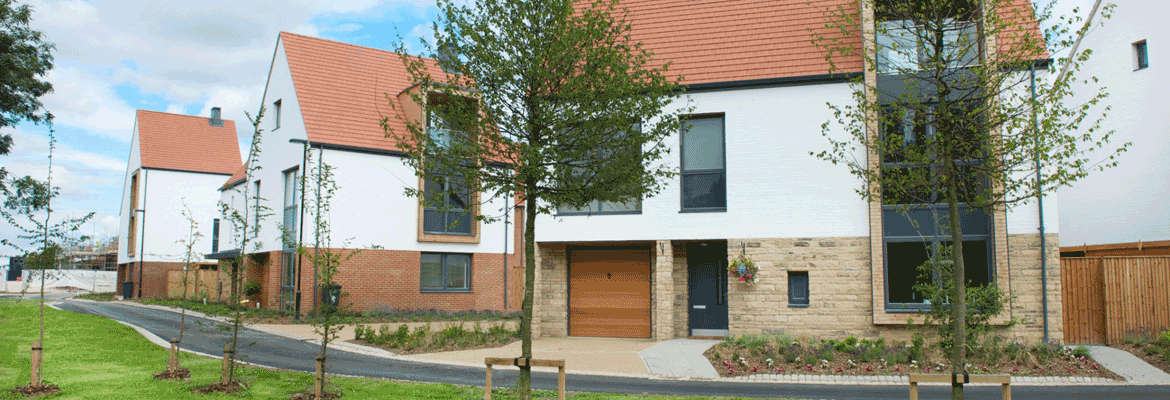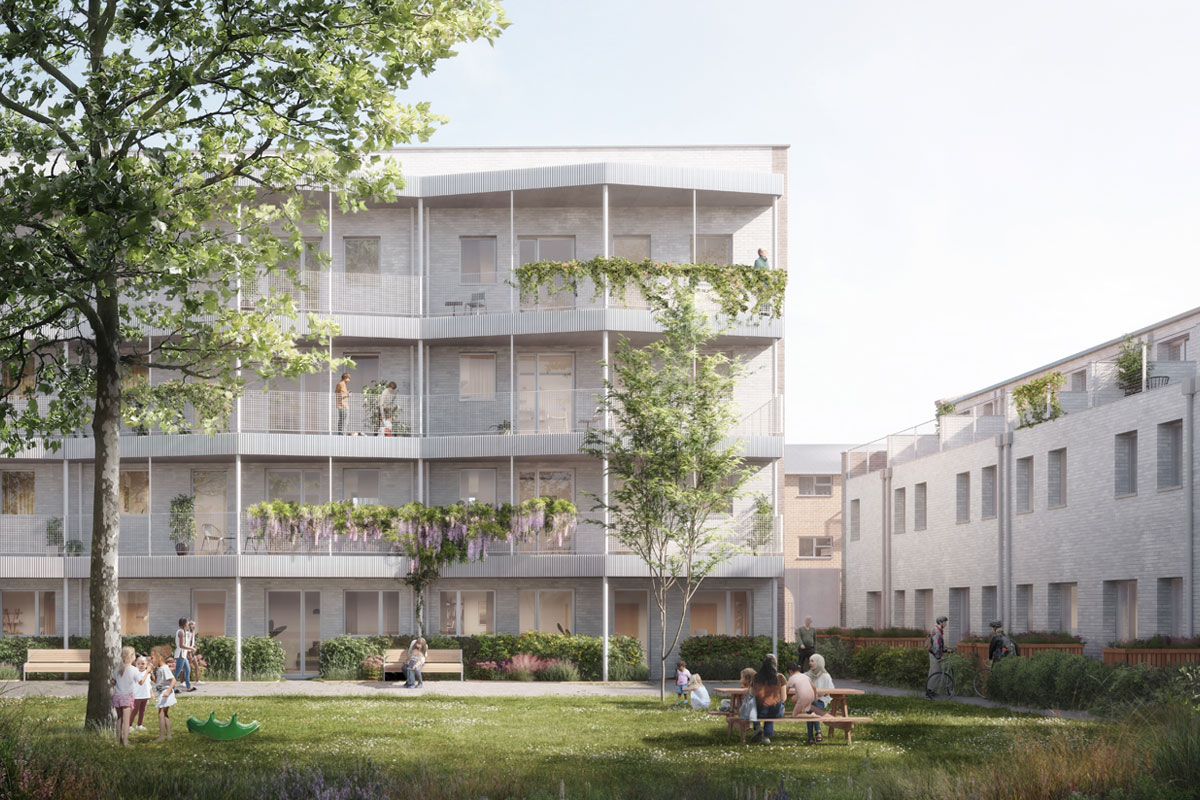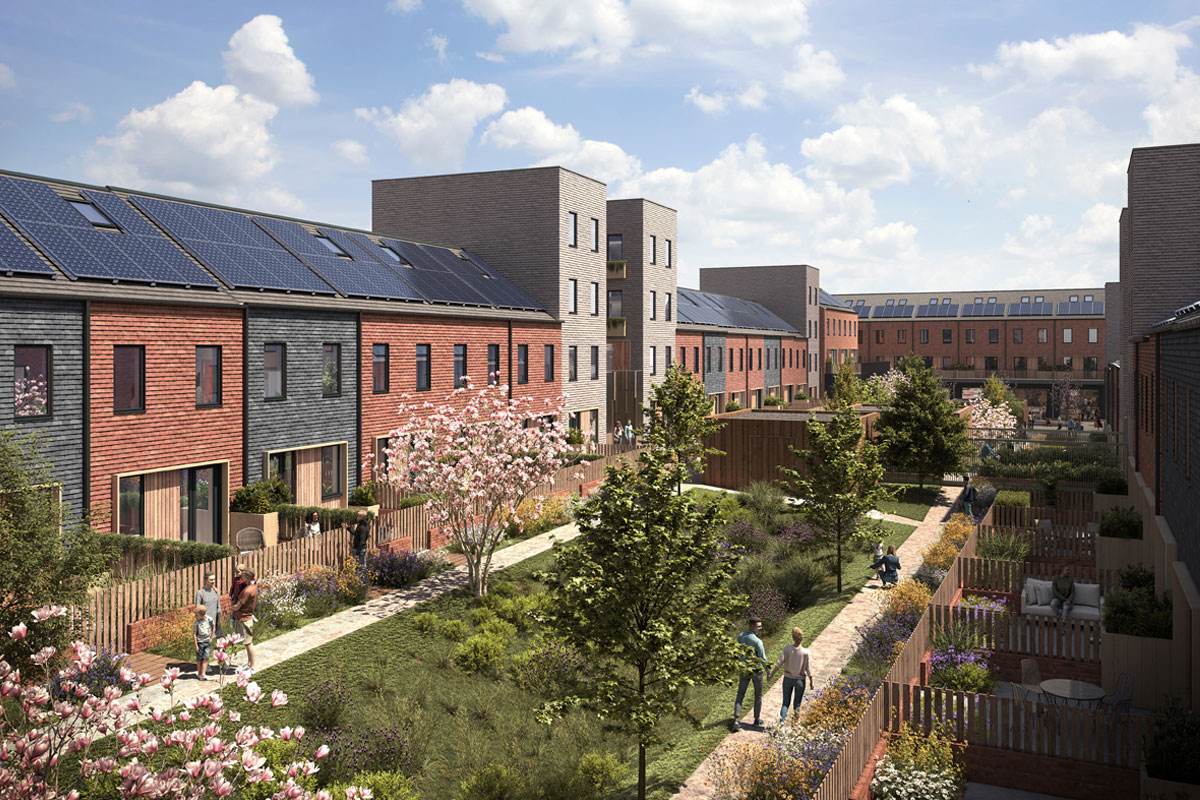29th May 2015
A PLACE FOR FUTURE HOMES?
29th May 2015
A PLACE FOR FUTURE HOMES?
Share
This month, the Architects Journal announced that it is teaming up with Barratt Homes to launch a “Future Homes” competition under which architects will be invited to “consider what homeowners will want in five to 10 years’ time and design a bold and innovative house in response which will appeal to the mass market”.
Barratt have chucked in up to £100,000 for honoraria for the winners and runners-up, and will build at least one winning entry in prototype.
Brilliant – and pretty cheap – publicity, of course. And the first commenter below-the-line on the AJ’s website probably spoke for the cynicism many critics of the built output of volume housebuilders will feel when offering “a few tips from the dark side”, of which the general thrust is: don’t change too much – keep the roofs pitched, the bricks red and the window-frames white and plastic.
To be fair, Barratt perhaps more than any other of the big plcs has tried to shed the image of volume house-building as a process of scattering noddy-boxes across the landscape, taking on ambitious projects like Hanham Hall and adopting Building for Life 12 across its developments – even if some of the schemes commended under BfL12 perhaps say more about BfL as a quality assurance programme for residential urbanism than they do about Barratt.
But, while Barratt are surely right that “consumer tastes are evolving, driven by changing lifestyles and technology”, whether it’s possible or even desirable to respond to these with a “bold and innovative house” is doubtful; even more so one that “appeals to the mass market” when the mass-product of such would-be appeal has tended to mean the same conservatively-designed houses in the same inward-looking estates in every town up and town and down the country.
What might it be about the rise of social media, for example, or the creation of smart energy grids, or the advent of printable furniture, and so on, that would alter a deep-seated preconception that what is apt to sell a house to the average ‘punter’ (as dismally many house-building people refer to their customers) is two off-street parking spaces, a jazzy kitchen and a bit of pseudo-Edwardian brick detailing? The trouble is that if your intellectual prospectus is based on knowing ‘what the market wants’, even if the market has few alternatives to compare against, it is difficult suddenly just to decide that the market wants something else.
No doubt good architects will rise to the challenge, and something interesting and worthwhile will emerge. But it’ll necessarily be a rather ephemeral exercise set against the sort of “bold and innovative” questions we ought to be asking about domestic architecture and residential places. Top of the pile would probably be “what would the world be like if everyone lived like I do?” To which the answer, for the average resident of Britain’s draughty and/or car-dependent houses, is: “Stuffed.”
But if that’s a slightly portentous subject for what is essentially a bit of marketing fun, perhaps a more reasonable one would be: “If the explosion in social media in some way affirms that humanity is essentially a social animal, why do we keep building houses in a way that seems designed to maximise alienation, loneliness, social segregation and the compartmentalization of our lives?” Try answering that with cloud-based media streaming and smart fridges…
Still, good on Barratt for sticking their necks out; it’s not something that could be expected of some of their competitors.




